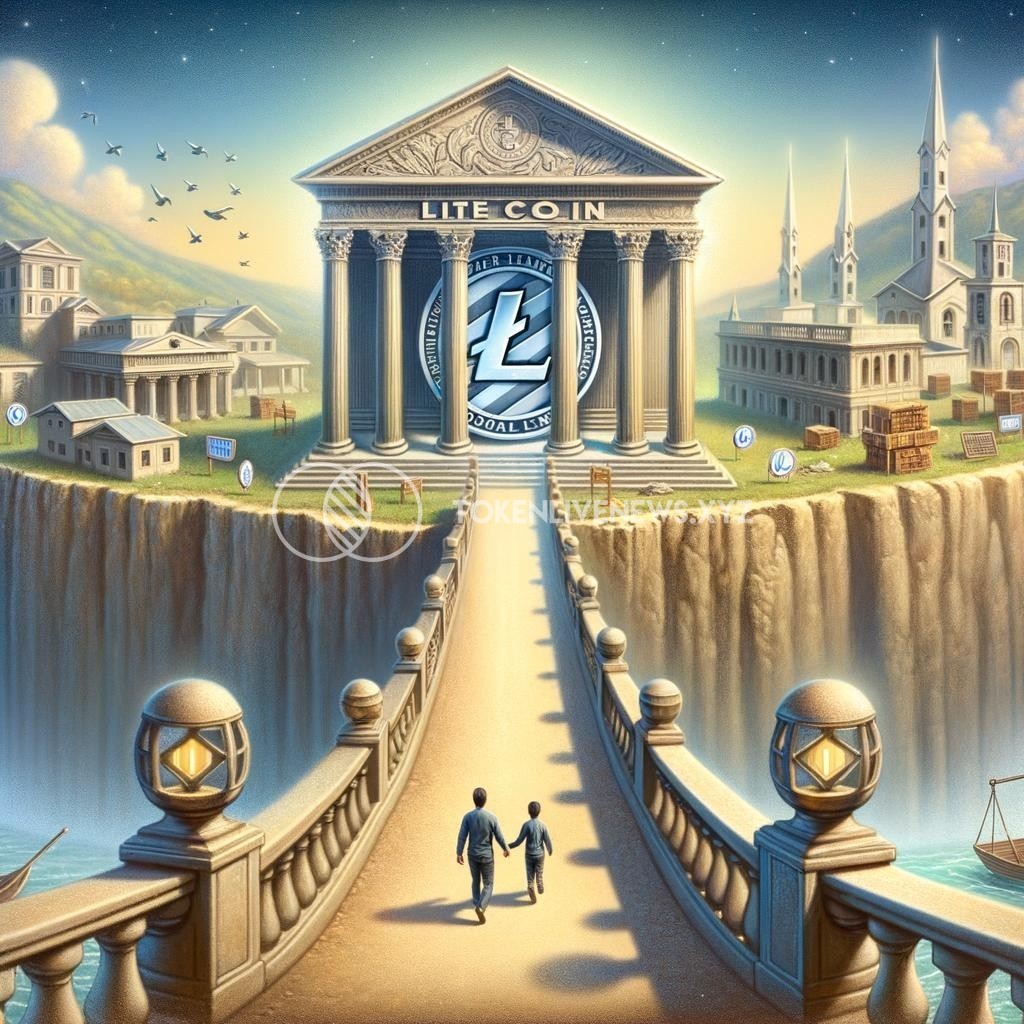Litecoin and Decentralized Finance (DeFi): Exploring New Frontiers
As the cryptocurrency market continues to evolve, new opportunities and innovations emerge that push the boundaries of what is possible in the financial world. Among these new frontiers is the intersection of Litecoin and decentralized finance (DeFi), where both concepts combine to offer exciting possibilities. In this article, we will explore how Litecoin is making its mark in the DeFi space and uncover the potential it holds for the future.
Litecoin, often referred to as “the silver to Bitcoin‘s gold,” was created in 2011 by Charlie Lee, a former Google engineer. Built on the same foundational principles as Bitcoin, Litecoin offers a more scalable and faster alternative, processing transactions in just minutes compared to Bitcoin’s longer confirmation times. It has gained significant traction in the cryptocurrency market and has become one of the most valuable digital assets.
Decentralized finance, on the other hand, refers to the use of blockchain technology and smart contracts to recreate traditional financial systems in a decentralized manner. DeFi eliminates the need for intermediaries such as banks and empowers individuals to have greater control over their finances. It encompasses a wide range of financial activities, including lending, borrowing, trading, and asset management, all executed on decentralized platforms.
The marriage of Litecoin and DeFi brings a range of benefits to both ecosystems. For Litecoin, it opens up avenues for new use cases and utility beyond being just a cryptocurrency. The integration with DeFi platforms allows Litecoin holders to participate in a variety of financial activities. This expansion of utility increases demand for Litecoin, potentially driving up its value.
One notable area where Litecoin is making waves in DeFi is lending and borrowing. DeFi lending protocols typically require collateral for loans, and Litecoin is an ideal asset for this purpose. Its liquidity and market value make it an appealing option for borrowers looking to secure loans while keeping their Litecoin holdings intact. Moreover, lenders can earn interest by providing their Litecoin as collateral on DeFi platforms, further incentivizing the use and adoption of the cryptocurrency.
Decentralized exchanges (DEXs) also present an exciting frontier for Litecoin in DeFi. DEXs facilitate peer-to-peer trading without the need for intermediaries, providing a secure and efficient platform for users. By integrating Litecoin into DEXs, users gain access to a wider range of trading pairs and liquidity options, allowing for seamless and instant swaps between different cryptocurrencies.
The introduction of wrapped Litecoin, or wLTC, is yet another innovation that opens the doors for Litecoin in the DeFi space. wLTC represents a representation of Litecoin on the Ethereum blockchain, enabling its utilization in various decentralized applications (dApps) and protocols within the Ethereum ecosystem. This cross-chain integration significantly broadens the scope of possibilities for Litecoin holders and reinforces its presence in the DeFi realm.
One cannot understate the potential challenges and risks associated with incorporating Litecoin into the DeFi space. As with any emerging technology, security, scalability, and regulatory hurdles need to be addressed for widespread adoption. However, these challenges should not overshadow the immense opportunities that Litecoin and DeFi present for each other.
Litecoin and decentralized finance together create a powerful synergy, fostering innovation and pushing the boundaries of what is achievable in the financial sector. The integration of Litecoin into DeFi platforms offers new avenues for investors, lenders, borrowers, and traders, creating a more inclusive and decentralized financial ecosystem. As the digital asset and DeFi markets continue to grow, it is an exciting time to explore the new frontiers that lie ahead for Litecoin and decentralized finance.







